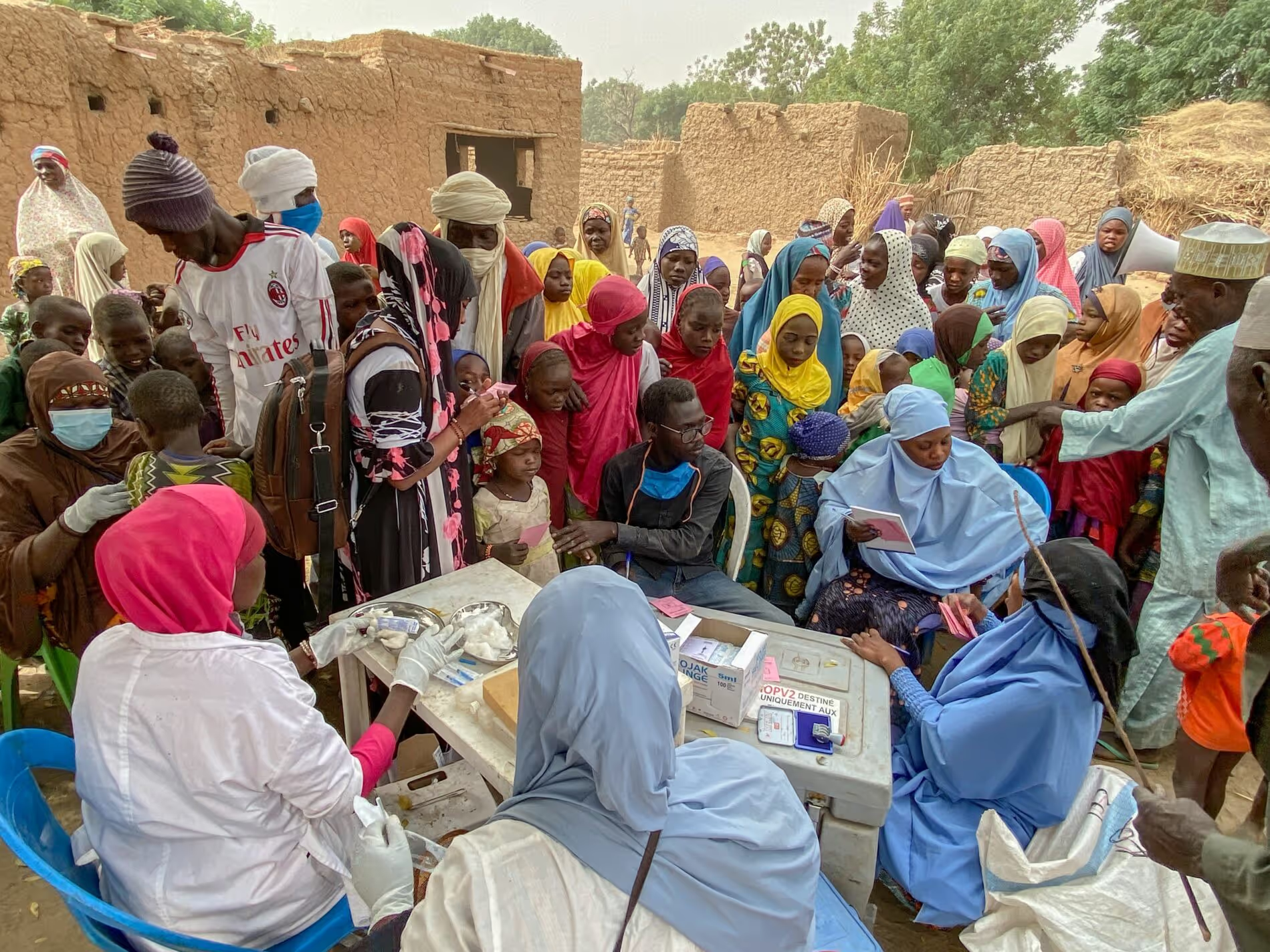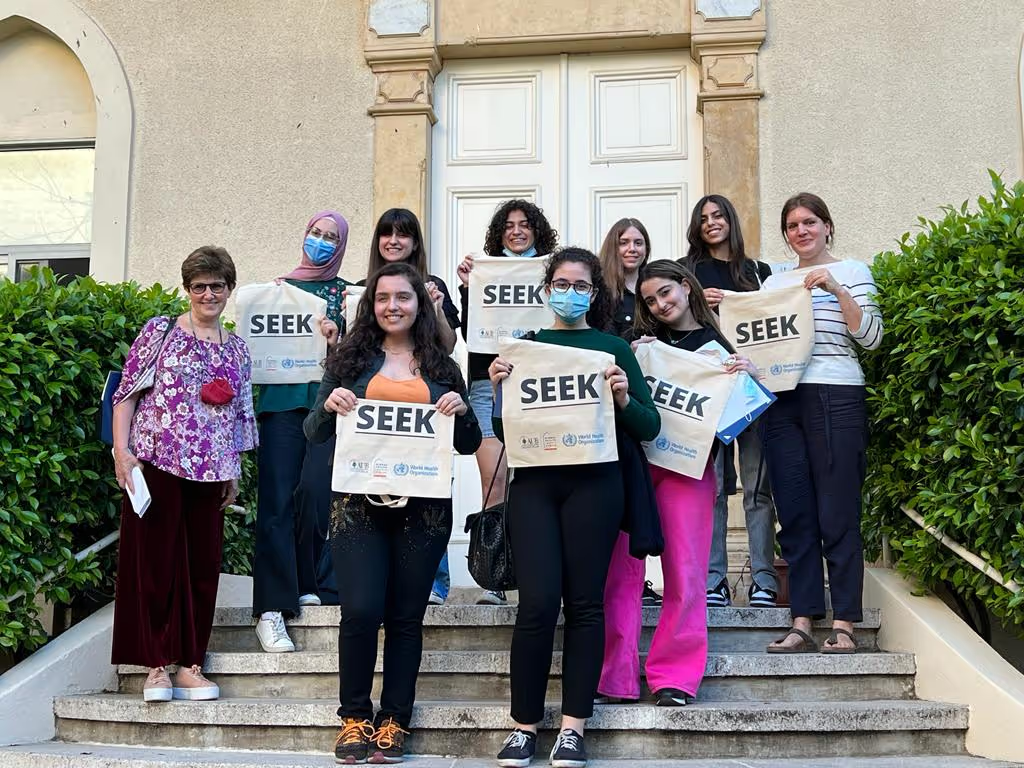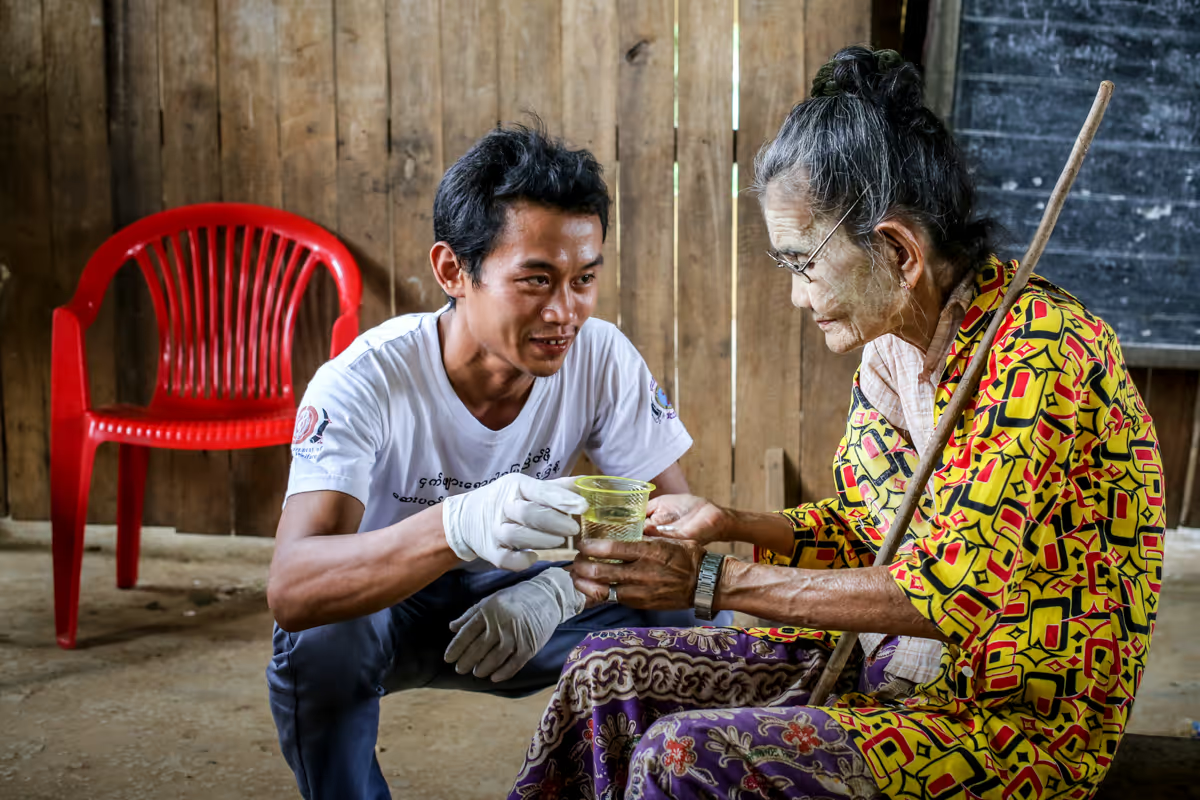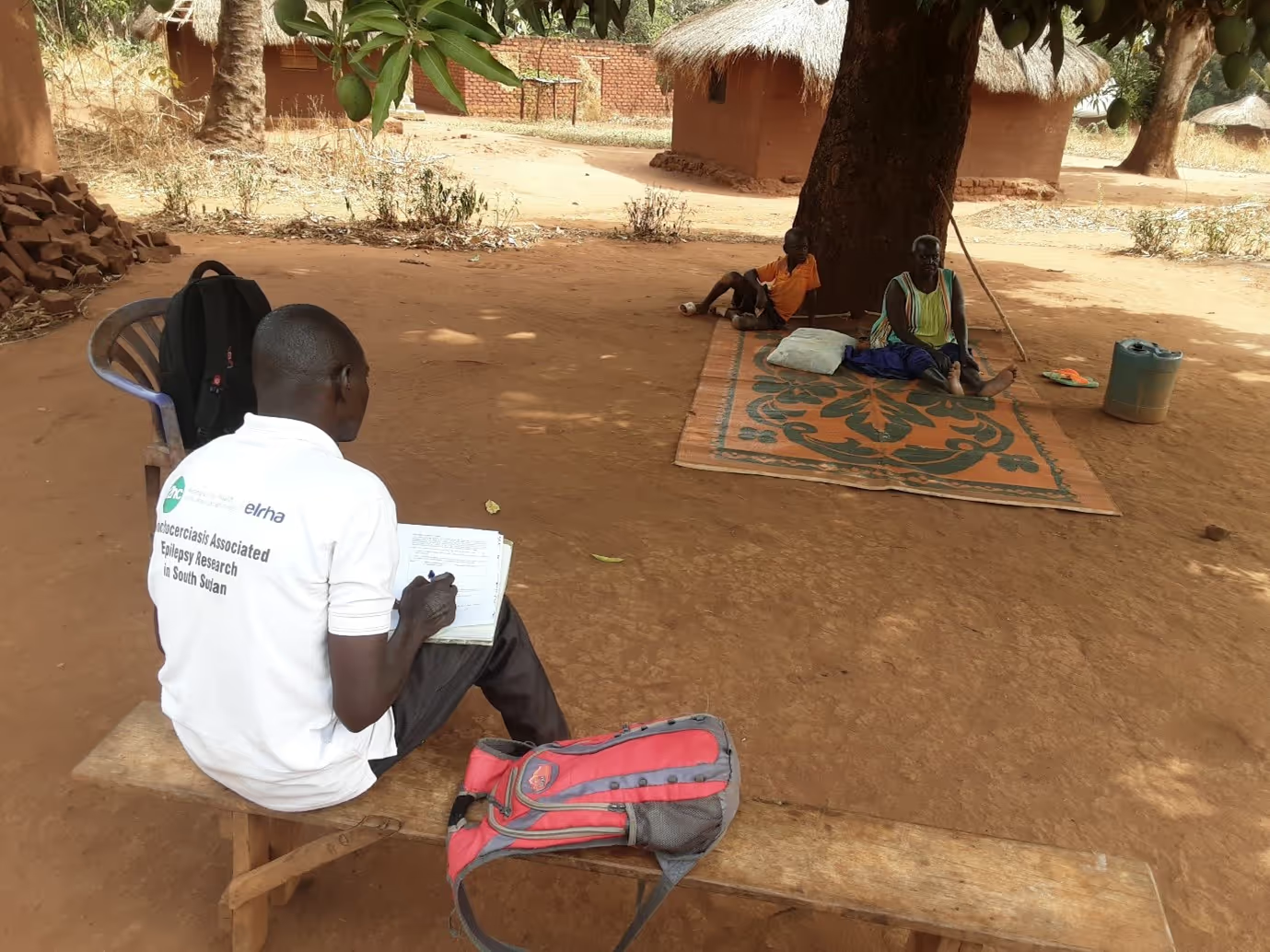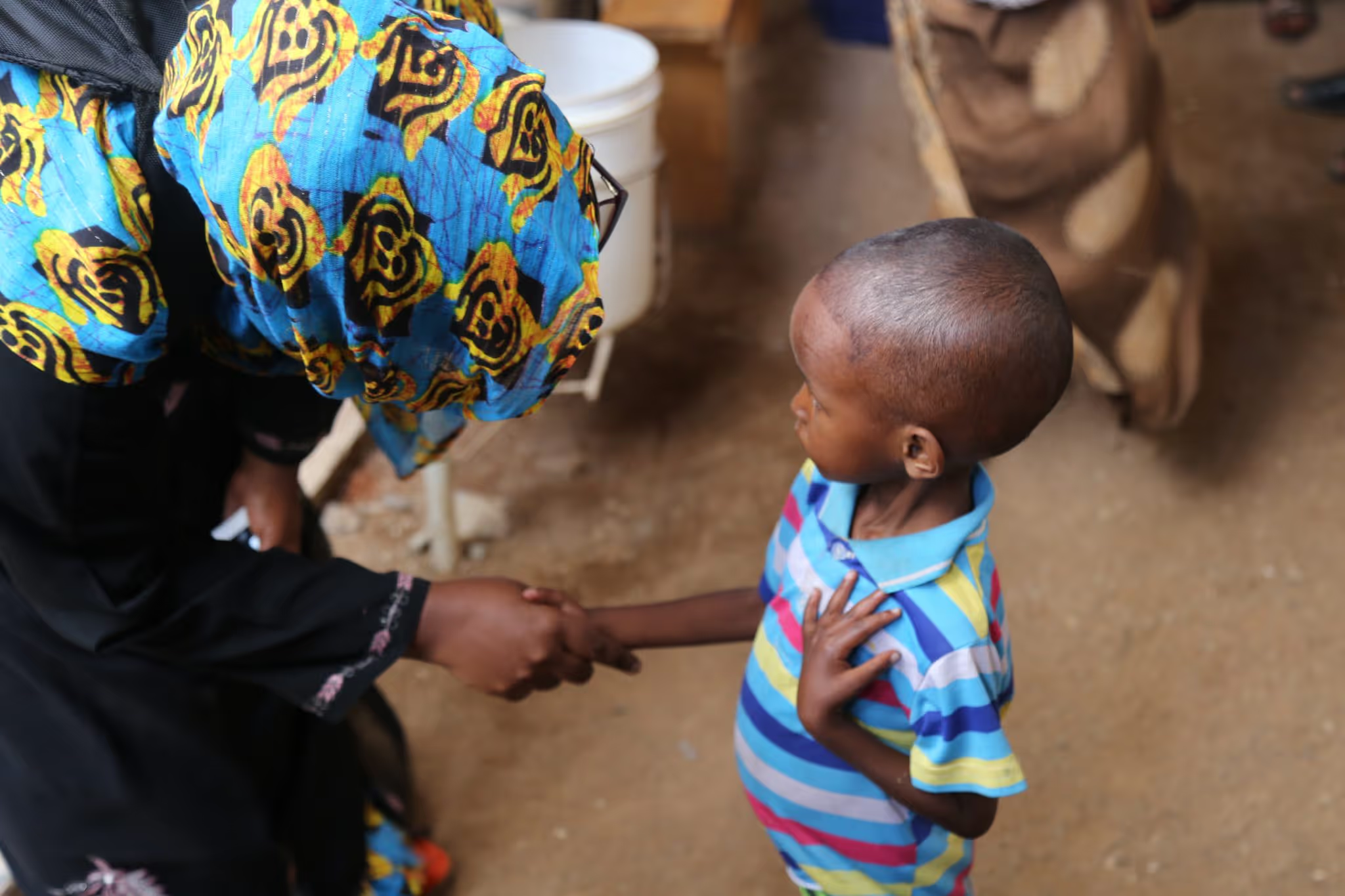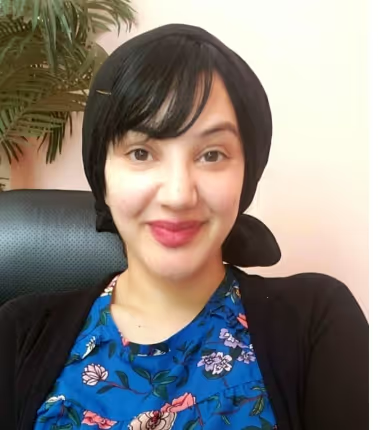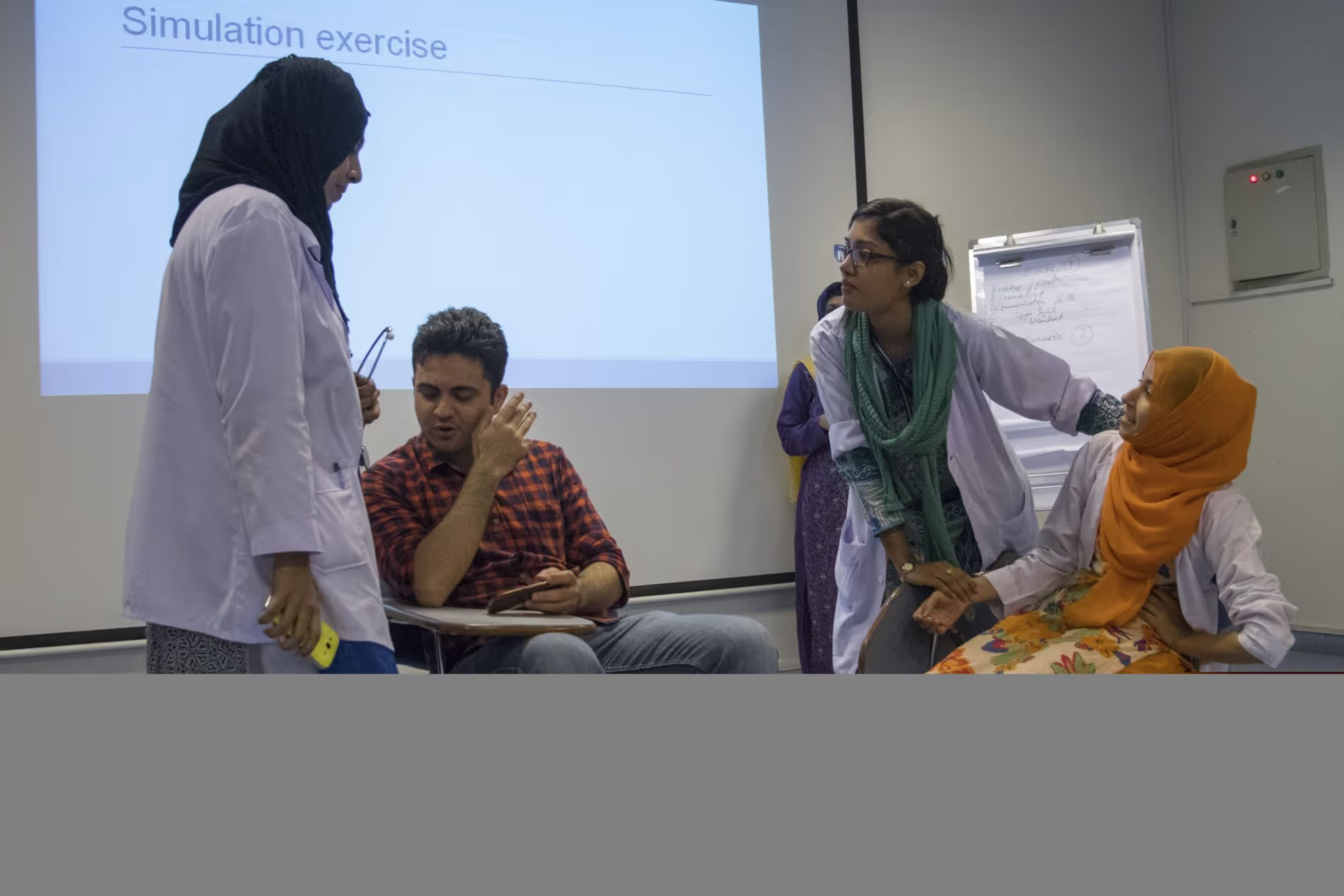Evaluation of community-based Ebola control interventions in the Democratic Republic of Congo
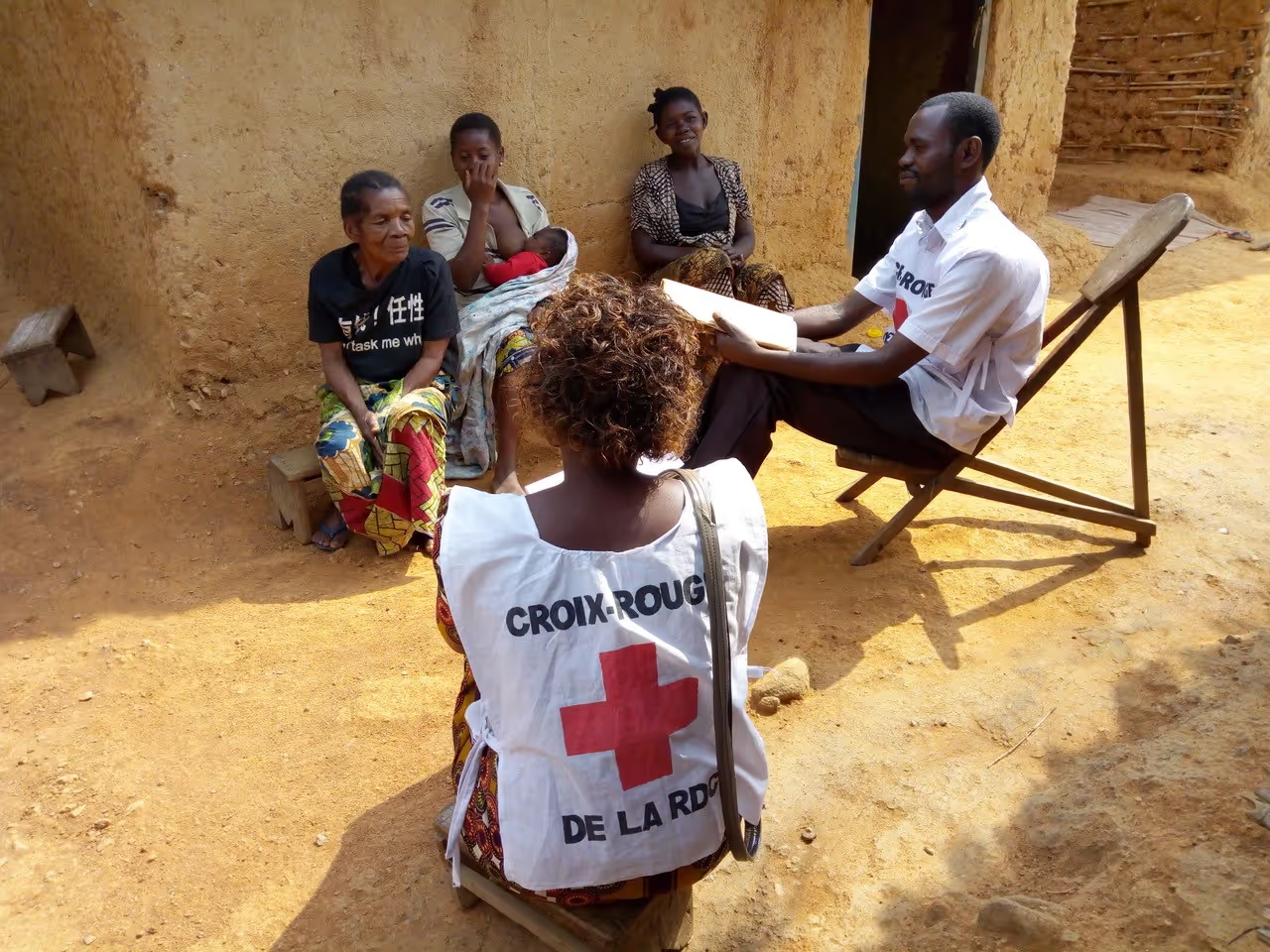
Project overview
The study aimed to describe and evaluate the epidemiological and decision-making impact of two community-based interventions implemented by the International Federation of Red Cross and Red Crescent Societies (IFRC) to control Ebola in DRC.
Project solution
This project offers [specific solution or intervention] to tackle [challenge]. By implementing [strategies, tools, or innovations], the project aims to achieve [desired outcomes]. The approach is designed to [specific actions or methods] to bring about meaningful change in [community, region, or issue area].
Expected outcomes
This project aims to achieve [specific outcomes], such as [measurable results, improvements, or changes]. The expected impact includes [benefits to the target community, advancements in research or innovation, or long-term effects]. By the end of the project, we anticipate [specific changes or milestones] that will contribute to [broader goals or objectives].
Principal Investigator: Francesco Checchi, LSHTM
Research Snapshot: Community feedback in Ebola outbreaks
This snapshot showcases the findings from one element of this broader study, which aimed to understand how a new qualitative community feedback system was used during the North Kivu Ebola outbreak by decision-makers to shape response policy.
[.cta_link]View Research Snapshot[.cta_link]
Purpose
The study will describe and evaluate the epidemiological and decision-making impact of two community-based interventions implemented by the International Federation of Red Cross and Red Crescent Societies (IFRC) to control Ebola in DRC. These are i) a system to collect and analyse community feedback on the epidemic and the response and ii) the Safe and Dignified Burials (SDB) programme. The study will analyse the evolution of community perceptions regarding Ebola and the response and explore how community feedback information has been used to adapt the response. An evaluation of the intervention fidelity and performance of the SDB intervention will also be conducted and estimate its effect on EVD transmission.
Expected Outcomes
The study will identify factors associated with negative community perceptions in the EVD response, identified as key factors in the current EVD epidemic. Research will provide actionable insights for the current and future outbreaks. The study will make recommendations for the use of community feedback data to influence practical adaptations in strategy and response activities, and help inform the management of Safe and Dignified Burials in the current and future outbreaks. Findings will support the promotion of the systematic establishment of community feedback systems in future epidemic and humanitarian responses, and help define community engagement strategies from the outset of future epidemics.
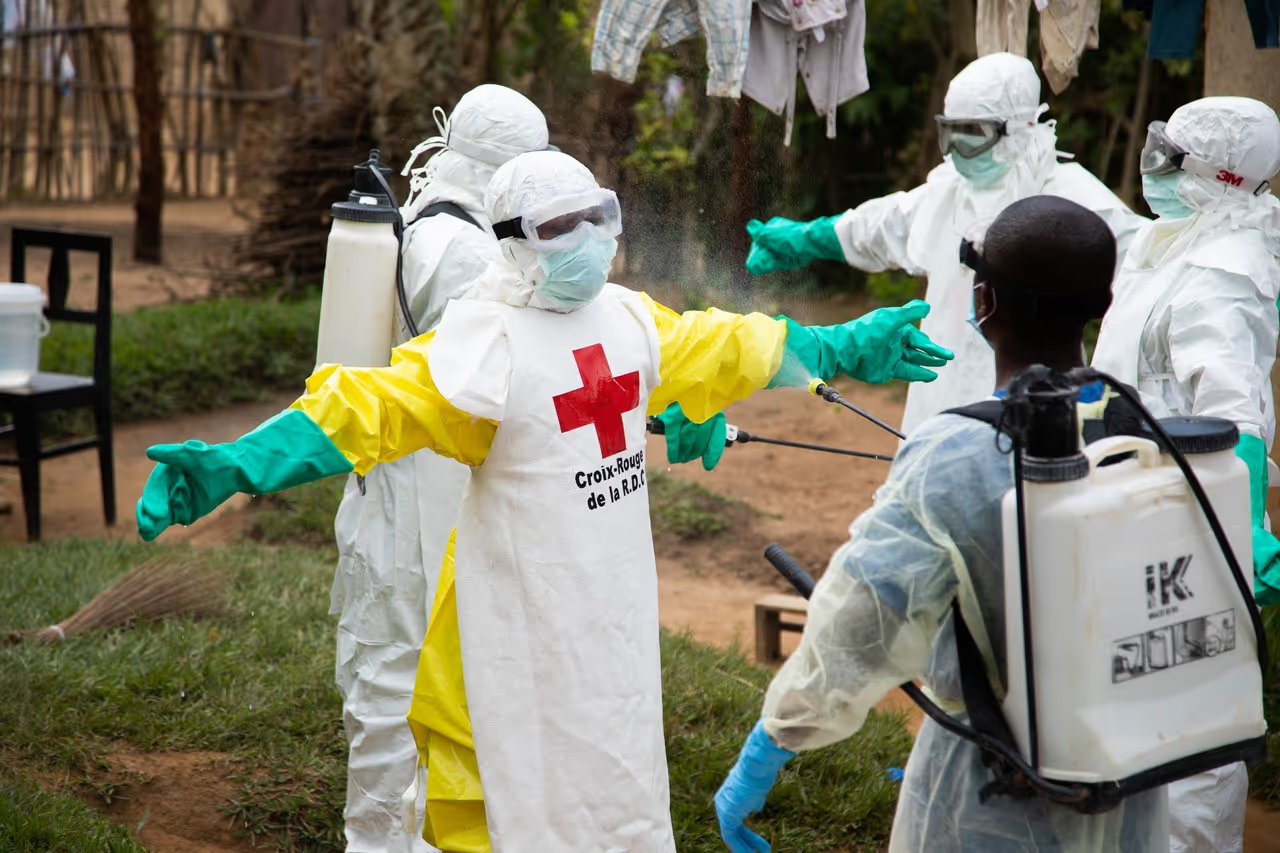
Methodology (Brief Summary)
The study will combine existing datasets collected by the SDB programme, data on Ebola cases and contacts, and timelines of interventions and insecurity events into statistical models that quantify indicators of performance and the transmission effect of SDB. The study will also explore a large dataset of community feedback and conduct qualitative research with response actors to understand how community perceptions have evolved, whether data provide early warning of attacks against responders, and how feedback has been integrated into decision making.
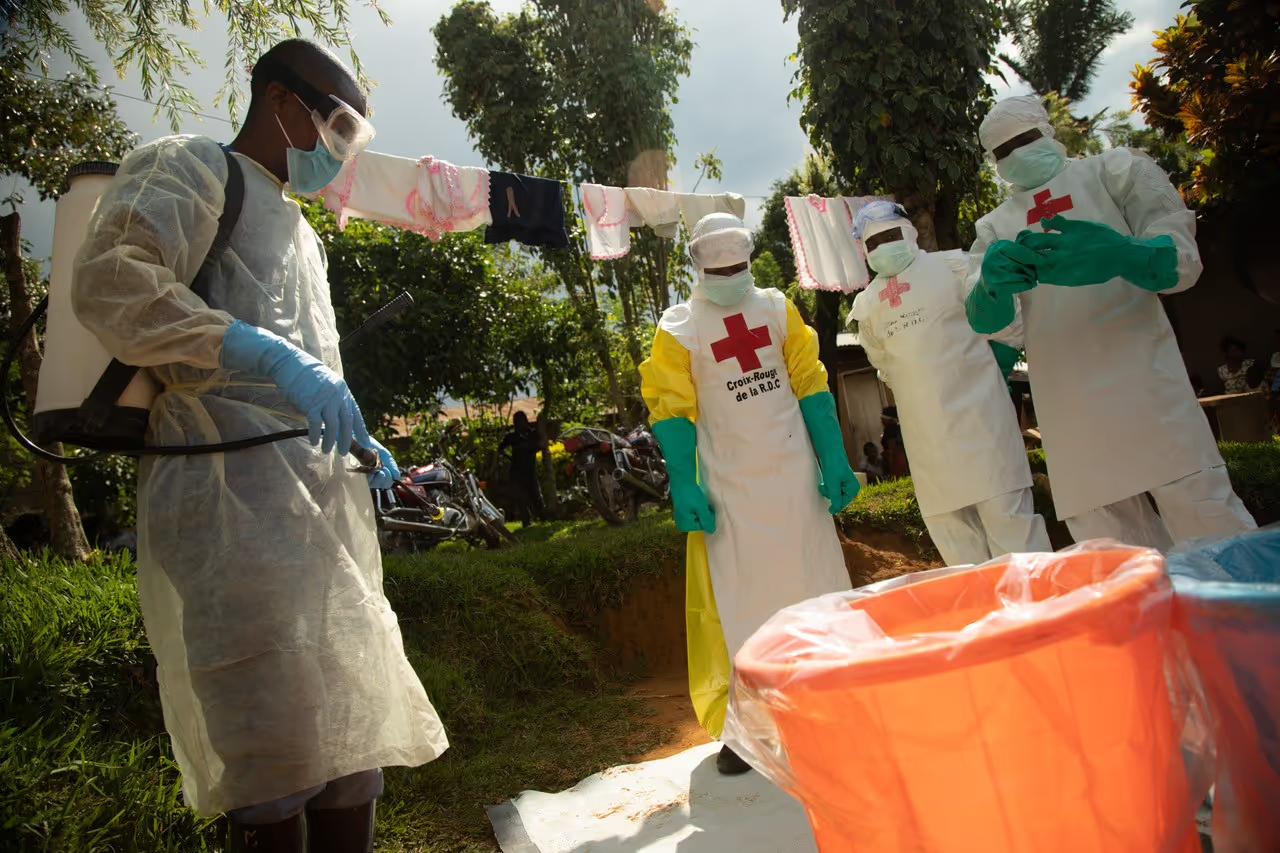
Project delivery & updates
Stay up to date with the latest developments from this project. Here, you will find details on what has been delivered, resources created, and regular updates as the project progresses. Access key documents, reports, and other materials to see how the project is making an impact.

